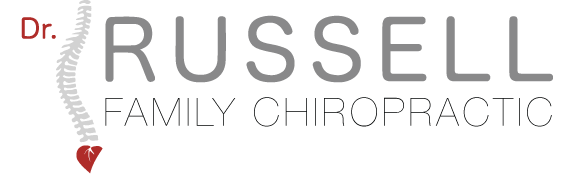What is Chiropractic?
A Brief History Of Chiropractic
The first recorded chiropractic adjustment was performed on September 18, 1895, by Dr. Daniel David Palmer, a Canadian-born teacher and helter. Dr. Palmer was, at the time, studying the cause and effect of disease.
Since Dr. Palmer's first chiropractic adjustment, the art and science of chiropractic has progressed significantly. Today, advanced diagnostic procedures, sophisticated equipment, scientific research, and the growing acceptance among other health care professionals makes chiropractic a popular health care choice.
Chiropractic Philosophy
The chiropractic perspective on health and disease emphasizes two fundamental concepts:
- The soft tissue, framework and condition of the body influences how the body functions and its ability to heal itself and
- The mind-body relationship is instrumental in maintaining health and in the healing processes.
Although chiropractic shares much with other health professions, its emphasis and application of philosophy distinguishes it from modern medicine. Chiropractic philosophy gravitates toward a holistic ("total person") approach to healing which combines elements of the mind, body and spirit.
Widespread Use of Chiropractic Care
The increasing interest in alternative forms of care has caught the attention of several health associations and government agencies. A 1993 study in the New England Journal of Medicine reported that "The estimated number of visits made in 1990 to providers of unconventional therapy was greater than the number of visits to all primary care medical nationwide," and chiropractic was among the most frequently used non-medical therapies.
A follow-up report published in the Journal of the American Medical Association in 1998 found that the use of non-medical treatments had increased significantly since the 1990 survey, with "overall prevalence of use increased by 25%, total visits by an estimated 47%, and expenditures on services provided by practitioners of alternative therapies by an estimated 45%." Of the survey respondents, one in nine (11%) had used chiropractic care within the previous year.

